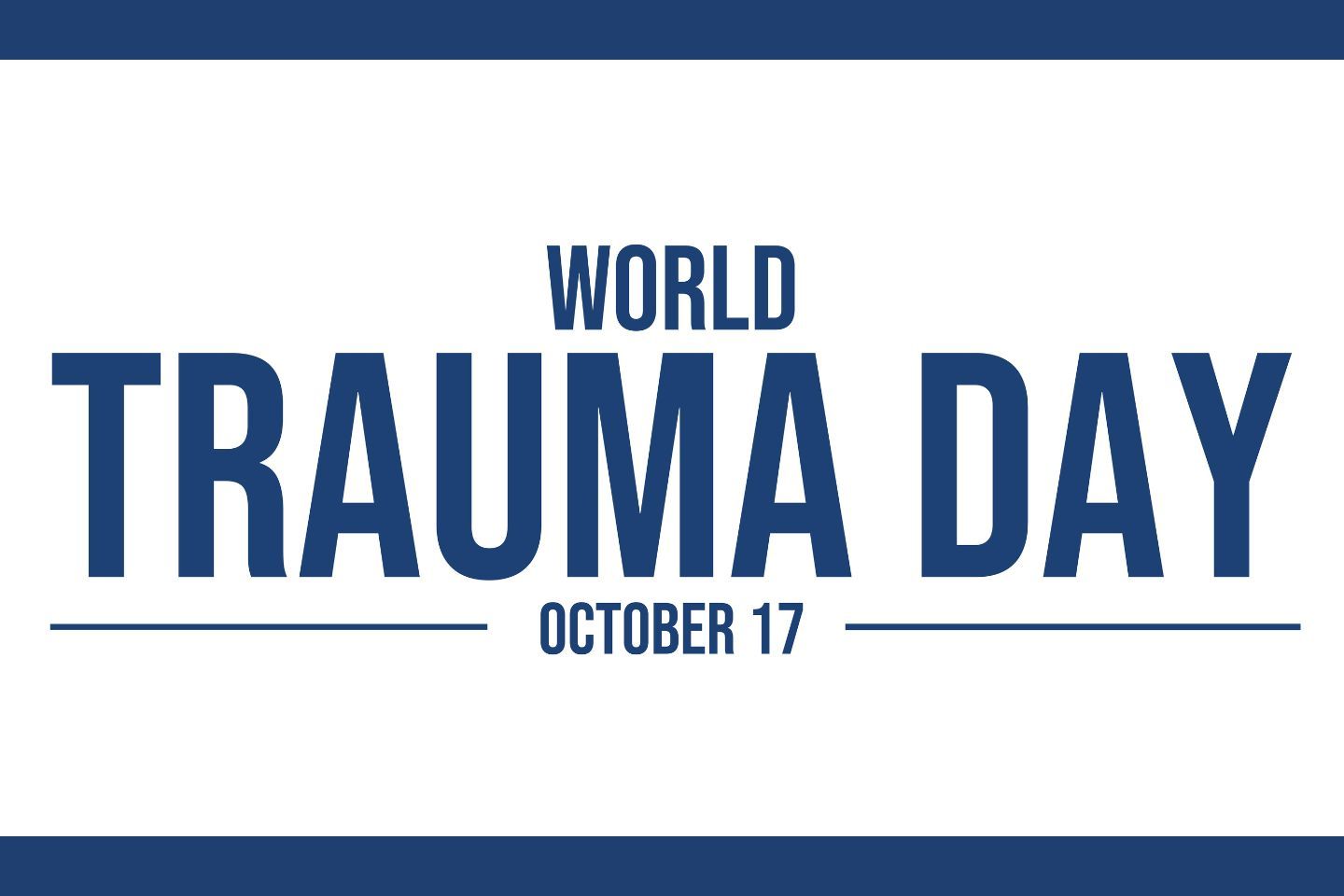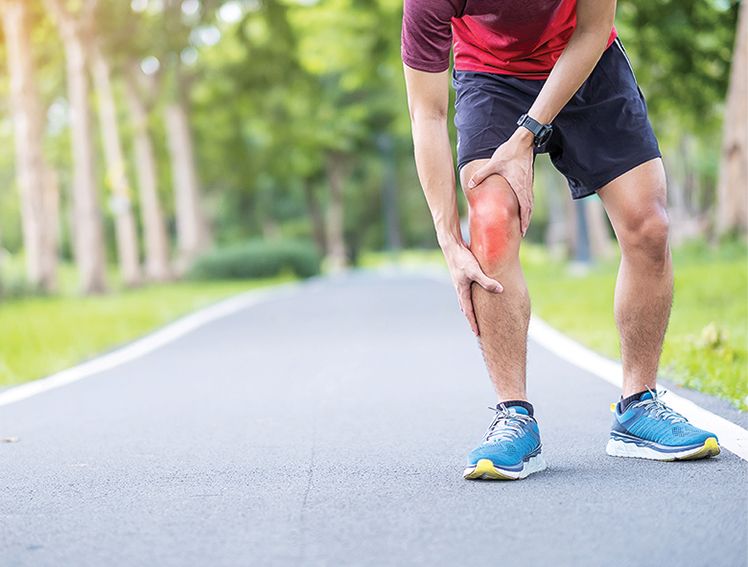
World Trauma Day 2025: Innovation in Trauma Surgery and the Future of Emergency Care
Introduction
Thousands of people have lost their lives due to accidents, falls, and other traumatic injuries. To raise awareness and promote faster emergency care, World Trauma Day was first observed in 2011 in New Delhi, India, following a rise in road traffic accidents across the country.[1] Since then, it has become a global reminder of how important it is to reduce preventable deaths through better trauma systems.
Every year, over 5 million people die globally due to trauma-related injuries.[2] India alone accounts for 10% of global road deaths despite having just 1% of the world’s vehicles.[3]
These statistics highlight the urgent need for faster, smarter trauma care systems. As we mark World Trauma Day 2025, it's important to look at how trauma surgery has evolved and how new technologies are shaping the future of emergency care.
Why World Trauma Day 2025 Is Important
Road accidents, falls, and workplace injuries continue to be the leading causes of trauma worldwide.
Quick and effective trauma care can reduce deaths and disabilities significantly.
The day is observed to create awareness about the need for improved emergency systems.
It reminds us of the importance of innovation in trauma surgery and how new solutions can save lives.
The 'Golden Hour' is the first 60 minutes after injury, which is crucial. Timely treatment within this window can reduce mortality by up to 30%, yet in India, only 20% of trauma victims receive medical attention within that hour.[4] Trauma does not just affect individuals; it impacts families and communities. Recognising the scale of the problem is the first step towards stronger emergency systems.
How Trauma Surgery Has Changed Over the Years
Trauma surgery has advanced massively in the past few decades.
Earlier methods: Larger cuts, longer hospital stays, and higher risks of infection.
Today's methods: Smaller incisions, faster recovery, and advanced fixation systems.
Then vs Now:
Aspect | Traditional Trauma Surgery | Modern Trauma Surgery |
Surgical Approach | Open surgery with big cuts | Minimally invasive methods |
Recovery Time | Weeks to months | Faster, with early mobilisation |
Tools & Implants | Basic plates and screws | Advanced implants for fragile bones |
Diagnosis Speed | Slow manual checks | Rapid imaging and digital scans |
Outcome Predictability | Less certain | Higher accuracy and survival rates |
Modern minimally invasive fixation techniques have reduced hospital stay duration by up to compared to open surgeries.[5] AI-supported imaging and diagnostics have cut diagnostic time, enabling quicker treatment decisions.[6] This shift shows how science and technology have transformed emergency care into a faster and safer process.
New Technologies Improving Trauma Care
Several innovations are shaping how trauma surgery is delivered:
Advanced imaging tools that help doctors see fractures and injuries within minutes.
Next-gen implants are designed for better stability in weak or complex bones.
3D printing allows customised surgical solutions for unique patient needs.
Minimally invasive surgery kits that reduce blood loss and improve recovery.
These breakthroughs ensure that trauma patients receive targeted and effective treatments, even in complex cases. Robotic-assisted orthopedic surgeries deliver 40% higher implant placement precision and reduce intraoperative errors by up to 30%. AI-assisted surgical planning reduces operation time by 25%[7] while 3D-printed implants are now used in 35+ countries for patient-specific reconstruction.
How Robots and AI Are Helping in Emergency Surgeries
Artificial intelligence (AI) and robotic systems are no longer just futuristic ideas.
AI in diagnosis: Algorithms can quickly interpret scans and highlight injuries.
Robotics in surgery: Robots assist surgeons in making precise cuts and placing implants accurately.[8]
Smart monitoring: Devices track patient vitals in real-time and alert doctors to any sudden changes.
Data-driven decisions: AI predicts potential complications, helping surgeons plan better.
These tools act as extra "hands and eyes" for doctors, making trauma care more accurate and timely.
Why Quick Tests and Fast Diagnosis Save Lives
Time is critical in trauma. The faster the problem is identified, the quicker treatment can start.
Point-of-care testing gives blood results within minutes.
Portable imaging machines can be used in ambulances or small clinics.
Digital health records make information instantly available to multiple teams.
AI-based triage tools prioritise patients based on severity.
By cutting down delays, these technologies increase the survival chances for patients with severe injuries.
Preparing the Next Generation of Trauma Doctors
Training is just as important as technology.
Simulation centres allow young surgeons to practise complex procedures in realistic settings. Simulation-based medical training improves procedural accuracy and reduces intraoperative errors.[10] Meril’s cadaver and sawbone workshops have trained hundreds of surgeons annually in advanced trauma fixation.
Virtual reality training helps doctors learn without risk to patients.
Workshops and courses keep medical teams updated on the latest techniques.
Team-based learning ensures doctors, nurses, and paramedics work in sync.
The next generation of trauma specialists will not just rely on skill but also on smart technology to save lives.
How Countries Work Together for Better Emergency Care
Trauma is a global challenge, and international cooperation helps improve outcomes everywhere.
Knowledge sharing: Countries exchange research and data on best practices.
Joint training: Cross-border workshops prepare doctors for global emergencies.
Disaster preparedness: Nations share resources during large-scale accidents or natural disasters.
Global guidelines: Common treatment protocols improve quality standards. WHO’s initiative to standardise trauma treatment guidelines, improving survival in cross-border emergencies. This means better chances of survival, no matter where an accident occurs.
What Trauma Surgery Could Look Like by 2030?
By 2030, emergency care may look completely different:
Smart ambulances equipped with mini operation theatres.
Remote surgeries where doctors operate using robots remotely.
Biodegradable implants that naturally dissolve after healing.
Predictive AI tools that warn of internal bleeding before symptoms appear. Predictive AI-based triage systems are expected to reduce pre-hospital response times by 25–30. [11] The goal is simple: fewer delays, fewer complications, and more lives saved.
Innovations from Meril Supporting Trauma Surgery
Meril contributes to the future of trauma surgery with technologies designed to improve emergency care:
Locking plates and screws provide better stability for fragile bones.
Intramedullary nails for faster fixation in long bone fractures.
Joint replacement solutions for severe trauma cases where reconstruction is not possible.
Patient-focused designs ensure implants fit well across diverse anatomies.
Surgeon support programmes that help doctors adopt modern trauma surgery tools.
Meril’s Auric and Trent systems have been successfully used in multiple trauma surgeries across India. By offering practical and advanced solutions, Meril supports healthcare professionals in creating safer and faster trauma care systems.
Creating a Safer and Faster Emergency System
World Trauma Day 2025 reminds us that emergencies can happen anytime. What matters most is how quickly and effectively help arrives.
Innovation in trauma surgery is reducing risks and improving survival.
AI, robotics, and quick tests are changing emergency care forever.
Training and collaboration are building stronger systems across the world.
Support from advanced implants and tools ensures doctors have what they need during critical moments.
Globally, 90% of road traffic deaths occur in low- and middle-income countries, underscoring the urgent need for equitable trauma care access.[12] Strengthening trauma systems could save many lives. A safer future in trauma care is possible when technology, training, and teamwork come together. By 2030, emergency systems could be faster, smarter, and better equipped to save countless lives.
References
[2] https://www.emro.who.int/health-topics/injuries/
[5] https://pubmed.ncbi.nlm.nih.gov/29114274/
[6] https://www.sciencedirect.com/science/article/pii/S2666990024000132
[7] https://pmc.ncbi.nlm.nih.gov/articles/PMC12181090/
[8] https://www.sciencedirect.com/science/article/pii/S2666990024000132
[10] https://pmc.ncbi.nlm.nih.gov/articles/PMC11224887/#sec15
[11] https://www.sciencedirect.com/science/article/pii/S1386505625000553
[12] https://www.who.int/news-room/fact-sheets/detail/road-traffic-injuries



